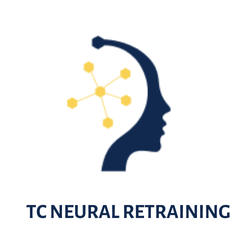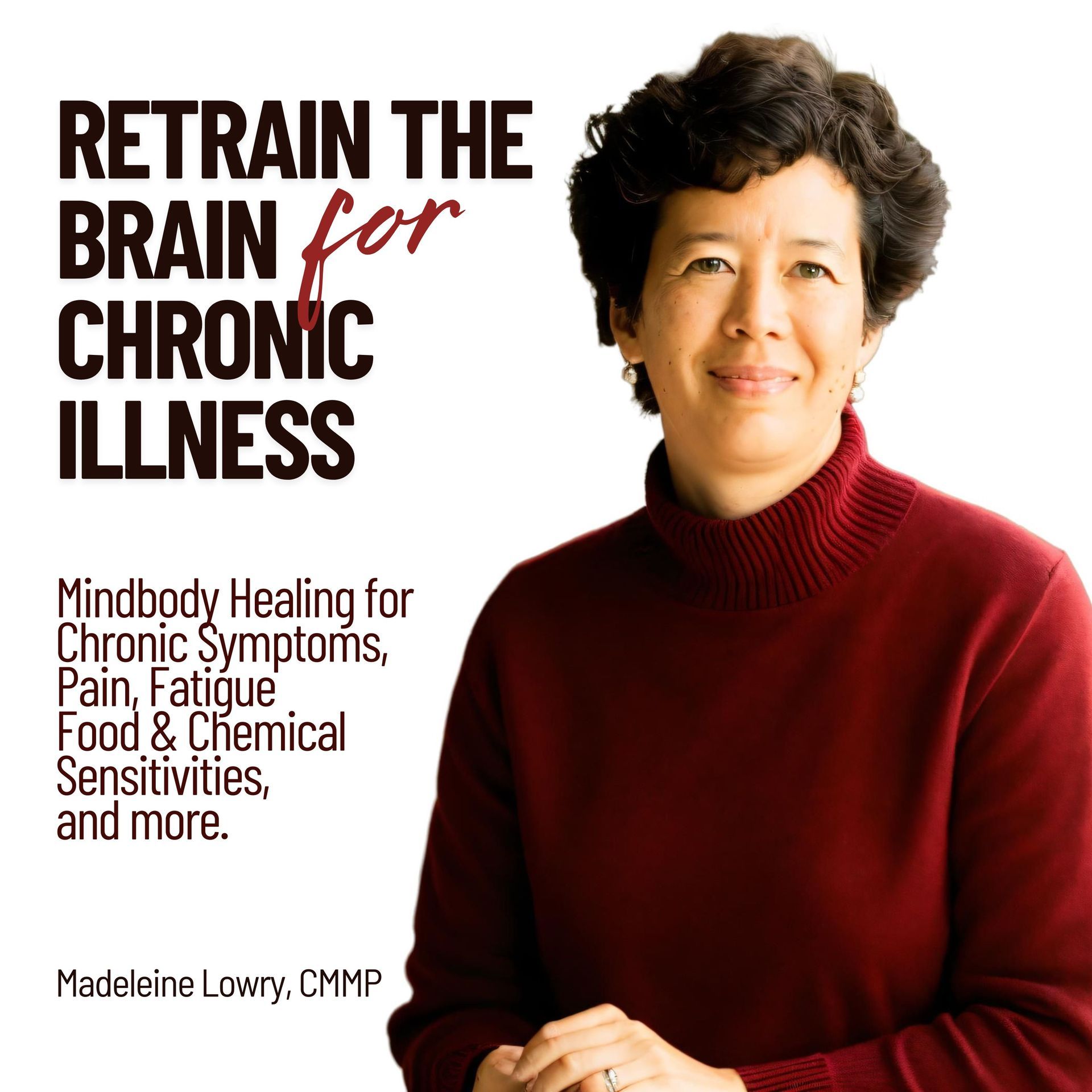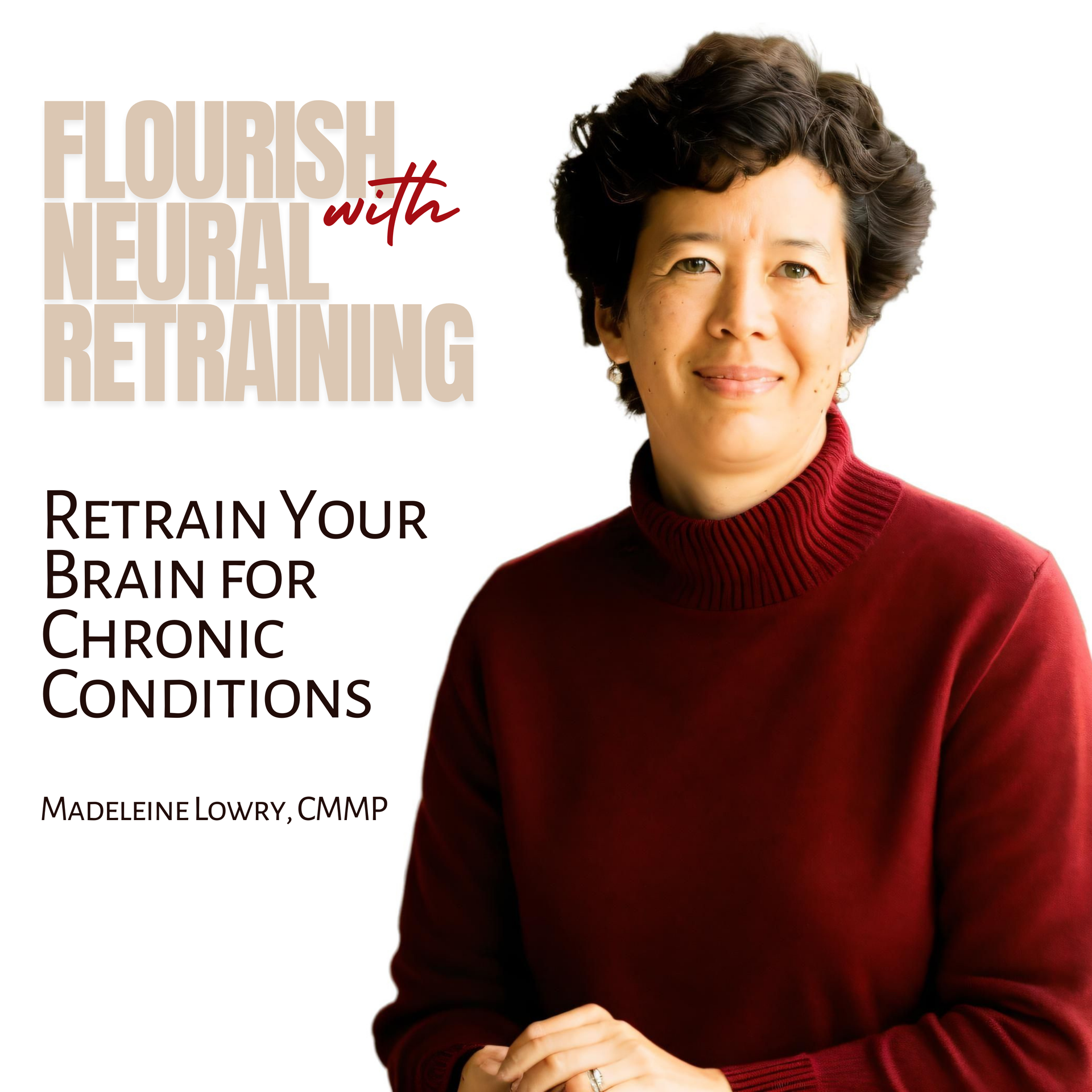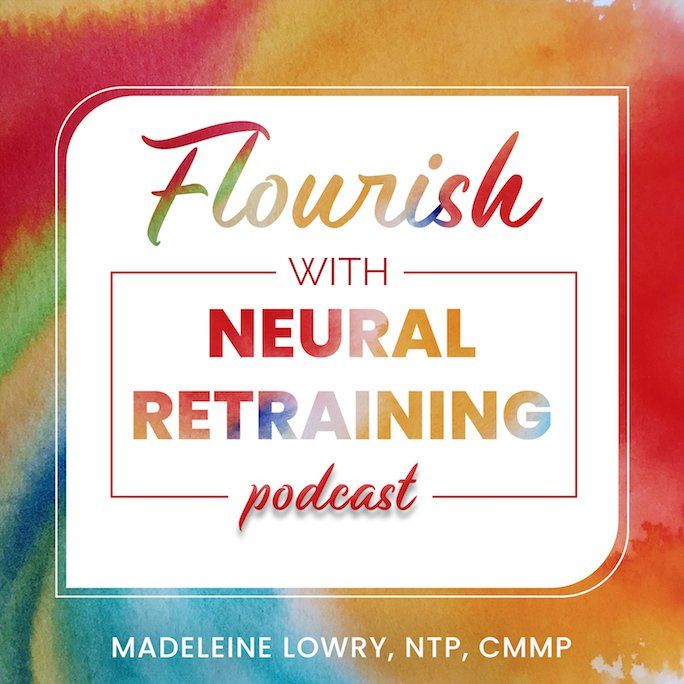How Do We Retrain the Brain for Multiple Sensitivities?
Learn about advanced neural retraining for sensitivities to food, chemicals, environment and more.
If you have sensitivities or intolerances to foods, chemicals or environmental factors, you know how limiting they are to your lifestyle. They require extraordinary commitment to watching your diet, studying the ingredients in every prepared food, and prevent you from enjoying social events and travel. And sensitivities to chemicals and the environment can be even more limiting--they can keep you from leaving your home at all!
As a Nutritional Therapy Practitioner, I was trained to identify the signs of intolerances and sensitivities and help my clients remove these foods from their diet in order to improve their health. I even learned energy kinesiology to be able to screen clients against hundreds of food substances in a single office visit. And I felt the approach was helping people, because when we removed certain foods, their symptoms abated. Not always, and not all of them, but enough of the time that I was convinced of the merit of the approach.
That was until my clients started to ask me, "But how do I get rid of these sensitivities? I don't want to be limited in my food choices." At first I didn't know what to tell them. As Nutritional Therapists, we are taught to test, eliminate the suspects and wait a few months to try to reintroduce foods gradually.
I, myself, had a plethora of food sensitivities, and had never questioned the strategy of avoidance. I prided myself on learning how to cook without dairy, grains, gluten, nightshades, FODMAPS, legumes, and successively more categories of foods until I was only eating meat, some fruit and a few vegetables. I felt that eliminating the problem foods was what was required to maintain my health and I was resigned to the regimen. Sound familiar?
The Basic Neural Retraining Techniques
At the request of my clients I started to investigate allergy elimination techniques. I learn NAET and some similar acupressure techniques, and after a while I learned a basic neural retraining technique called Dynamic Neural Retraining System (DNRS). You may have heard of this method or Gupta, the other popular program. Both of these are basic neural retraining methods.
What I learned was that retraining the brain works surprisingly well, but not for everyone. When I tried to teach my clients a streamlined brain retraining method, not all of them improved. There was always about a third of the group that were unsuccessful either because they could not keep up the practice (the method requires an hour of practice every day for 3-6 months) or because they had bad reactions to doing the practices that seemed to worsen over time.
Why avoidance only leads to more avoidance
As a Nutritional Therapy Practitioner (NTP) I'd been taught that avoidance was the answer to sensitivities. And this is probably still true of most functional medicine practitioners. But for certain people, let's call them "Susceptible Individuals", avoidance leads to more avoidance. You start out maybe having a childhood allergy, and then you develop a few sensitivities later in life, and as the decades pass your list gets longer, sometimes exponentially longer. (I know this story because I've lived it.)
Who is the Susceptible Individual? This is the key to why basic neural retraining methods often fail: it is the person with significant trauma histories, or the sensitive individual who is impacted by even small traumas. Why? Because sensitivities are a sign of limbic system hyper-reactivity--the limbic system is the danger-sensing part of the brain.
For the Susceptible Individual it's as if successive traumas have flipped a switch in the brain that makes it hyper-alert and scanning for danger everywhere. Traumas come in many forms including emotional trauma, physical trauma (injuries, surgery, abuse), exposures (chemical, including meds, or things like mold) and infections (bacterial, viral, fungal, etc.)
Therefore, the more we seek to avoid items we are sensitive to, the more it reinforces to the brain that relatively benign substances like foods, stuff in the air, or in the environment are truly dangerous. Consequently, the brain becomes more zealous in its misguided attempt to protect us from even more things!
But, what I learned through exploring neural retraining methods was that there is another way: retraining the brain to tolerance.
Why does neural retraining work?
Sensitivity responses are a conditioned behavior, learned in the subconscious mind. Recall that the subconscious mind runs all the systems of the body, so it can create any symptom at will.
You may recognize that at one time you could eat the food, or smell the fragrance or be in the presence of pets without a reaction, but then something changed and you developed a new response. A symptom or a set of symptoms. Did the food change? No. Millions of people still eat that food without incident. You changed. That is - your brain's response changed.
And this is what I want you to know: Anything your brain has learned can be unlearned.
Why do we need an advanced method of neural retraining?
Basic methods do work, but when they do not, an advanced method is needed. Why? Because the conditioned behavior is in the subconscious mind. Basic methods are limited because they are exercises that we do with our conscious mind in order to influence the subconscious. That's a long road, which is why it can take 3-6 months of daily practice. (And many people come to me after practicing for a year or more!)
Advanced methods, like the MAP Method, work directly with the subconscious mind. The rewiring takes place in the session, no hours of practice required.
How do we retrain the brain for sensitivities and intolerances?
If you have tried a basic method for 6-8 weeks and have not seen improvement, have rising anxiety when you practice, or have hit a plateau, I recommend trying an advanced method. I certified in the MAP Method out of a desire to be able to help people retrain their brains directly in sessions instead of having to send them home to practice scripts for months on end. The beauty of the MAP Method is that the brain is healing itself.
If you want to learn more about the MAP Method, please see the related post.
Remember that for the Susceptible Individual trauma memories flip on the danger-sensing switch in the brain that predisposes us to develop sensitivities. In theory and what I've seen in my practice, is that neutralizing trauma memories, over a set of live MAP sessions, flips the switch off. You'll hear this mentioned almost as an aside in many of the client stories in my podcast.
To learn more about how the MAP Method enables us to heal trauma memories, please read the next post.
To date, I'm the only MAP Method practitioner that specializes in sensitivities. I've worked with all kinds of situations and types of sensitivity: people who can only eat a handful of foods, or can't take supplements, people who are sensitive to sound or light, people who have moved out of their homes due to mold, and even people who are sensitive to drinking water!
Based on my experience I've developed a 4 -week online self-paced program that is convenient and affordable and can be supplemented with live sessions over Zoom, as needed. To learn more about the program, try a free preview and watch the video tutorials provided. If you're interested in an advanced method, but aren't sure how it would work for you, you are welcome to try the program for a month risk-free.
Summary
- Sensitivity reactions are conditioned behaviors in the subconscious mind.
- Avoidance leads to more avoidance for the Susceptible Individual
- Retraining the brain to tolerance is a better strategy for those with multiple sensitivities
- Basic neural retraining methods are limited because they work with the conscious mind, and they do not address trauma
- Advanced neural retraining methods work directly with the subconscious and can heal traumas
Learn more
- Watch the videos describing the principles behind the MAP method, studies of the brain activity during a session, and the experience of being in a session.
- Listen to the Flourish with Neural Retraining podcast episode 38: MAP for Sensitivities about our approach to food, chemical, and environmental sensitivities.
- Learn more about the MAP for Sensitivities self-paced online program
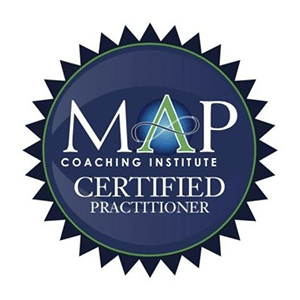

Madeleine Lowry, NTP, CMMP
Certfied MAP Method Practitioner
Madeleine specializes in neural retraining for chronic conditions. As a Nutritional Therapy Practitioner, she worked with many clients who were interested in eliminating allergies, sensitivities and intolerances. After learning a basic method and seeing its limitations, she trained in an advanced method of retraining the brain and now offers MAP sessions over Zoom and online self-paced programs for Anxiety/Depression, Sensitivities, Chronic Pain, Self-Healing, and COVID Long.
Related Posts

